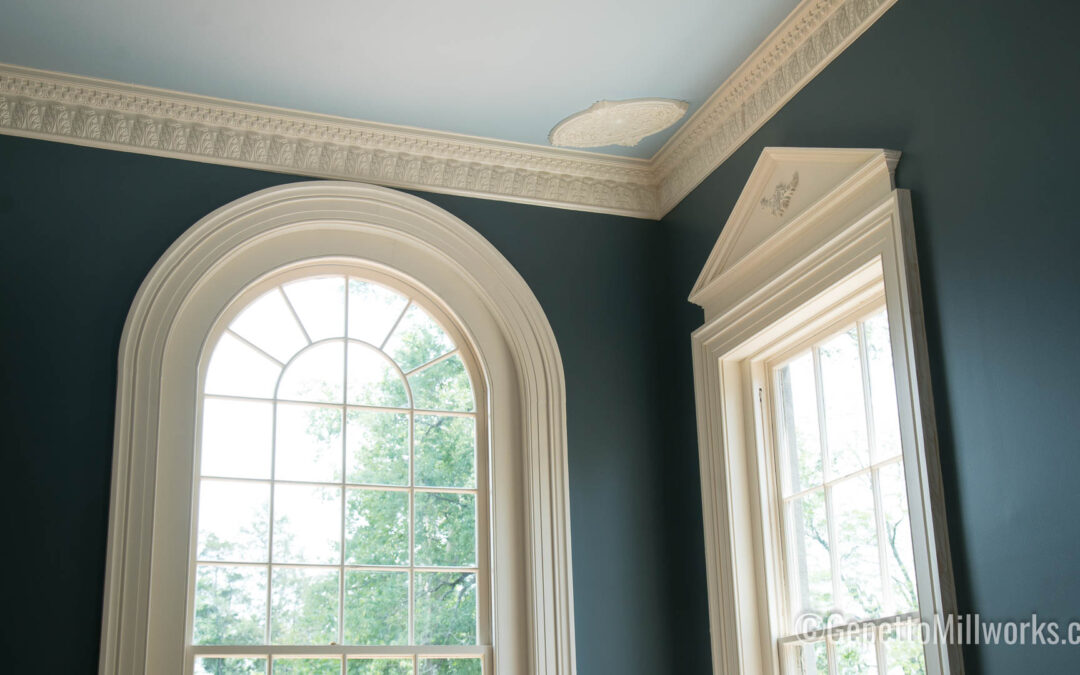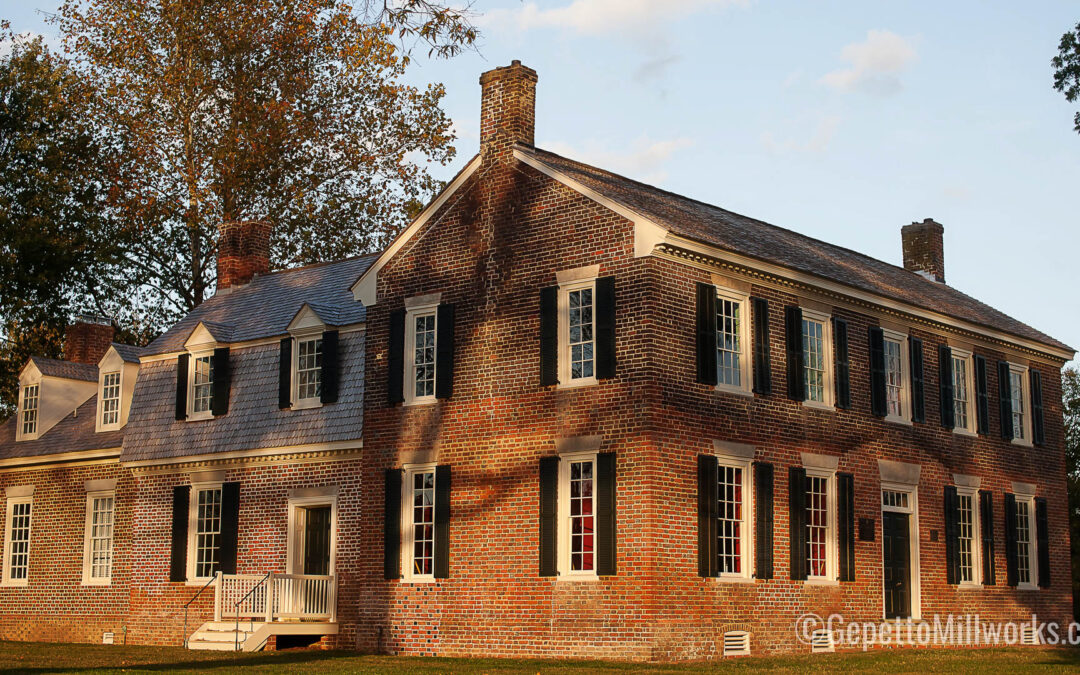
Arch, Round Top, and Radius Window Builder
Arch, Round Top, and Radius Window Builder supplying historic projects in Virginia

Complex Historic Window Restoration Contractor
Historic wooden windows are repairable, upgradable, and simple to maintain, lasting significantly longer than modern replacements. Despite the availability of preservation information, many fall for the “window scheme,” replacing durable old windows with less resilient vinyl alternatives. Rochester is considering guidelines to discourage vinyl replacements, aiming to protect property character, with environmental and economic benefits. Preservationists suggest educating consumers about maintenance and restoration benefits.



